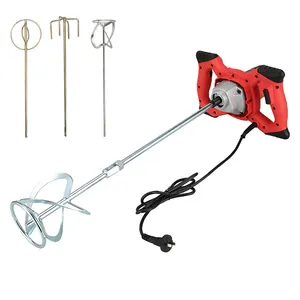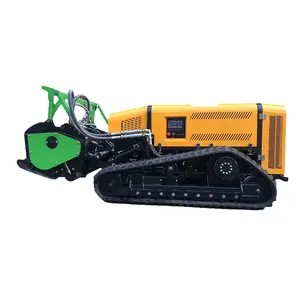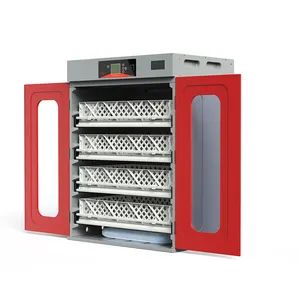Popular in your industry














































































































































































Top categories
About silkscreen printer
A silkscreen printer, also known as a screen printer, is a device used to transfer images or designs onto various surfaces through the silk screen for screen printing process. This printing method involves pushing ink through a mesh screen onto the substrate, creating a precise and long-lasting print. Silk screen printing is widely used in industries such as textile, electronics, and advertising to produce vibrant and durable designs on items like clothing, circuit boards, and promotional materials. The silk screen screen printing process is highly versatile, allowing for intricate designs and the application of multiple colors, making it a popular choice for businesses and individuals seeking high-quality and customizable prints.
The types of silkscreen printers
Flatbed silkscreen printers have a stationary printing surface onto which the substrate is placed. This type is suitable for printing on flat materials such as paper, cardboard, or fabric. It is commonly used in the production of posters, stickers, and textiles. Rotary screen printers, on the other hand, have a cylindrical printing surface that rotates as the substrate moves through the machine. This type of silkscreen printer is ideal for continuous and high-speed printing on items like labels, packaging materials, and cylindrical objects. The rotary screen printing process is efficient and allows for precise registration of colors, making it a popular choice in the textile, label, and packaging industries. The choice between flatbed and rotary screen printers depends on the specific requirements of the printing project, such as the type of substrate, desired print quality, and production volume.
The features of silkscreen printers
Silkscreen printers typically consist of a frame, a mesh screen, a squeegee, and an ink supply system. The frame provides structural support for the mesh screen, which is stretched tightly over it. The mesh screen is made of materials such as polyester, nylon, or metal and has a predefined pattern or design. The squeegee is a tool used to press the ink through the mesh screen onto the substrate. It can be made of rubber, plastic, or metal and is chosen based on the type of substrate and ink being used. The ink supply system includes the ink reservoir, which holds the printing ink, and a mechanism to control the flow of ink onto the mesh screen. Some advanced silkscreen printers may have additional features such as automated substrate loading and unloading, adjustable print settings for different materials, and multi-color printing capabilities. These features contribute to the efficiency, precision, and versatility of silkscreen screen printing process.
The applications of silkscreen printers in different industries
In the textile industry, silkscreen printers are widely used to print designs on various fabrics, including cotton, polyester, and nylon. Clothing manufacturers and designers use silk screen printing to create custom t-shirts, hoodies, and other apparel. The electronics industry uses silkscreen printers to apply conductive inks on circuit boards, creating the intricate patterns necessary for electronic components. In the advertising and signage industry, silkscreen printers produce durable and vibrant prints on materials like banners, posters, and display panels. The art and craft industry uses silkscreen printing to create unique and personalized artworks on paper, wood, and other surfaces.





















































